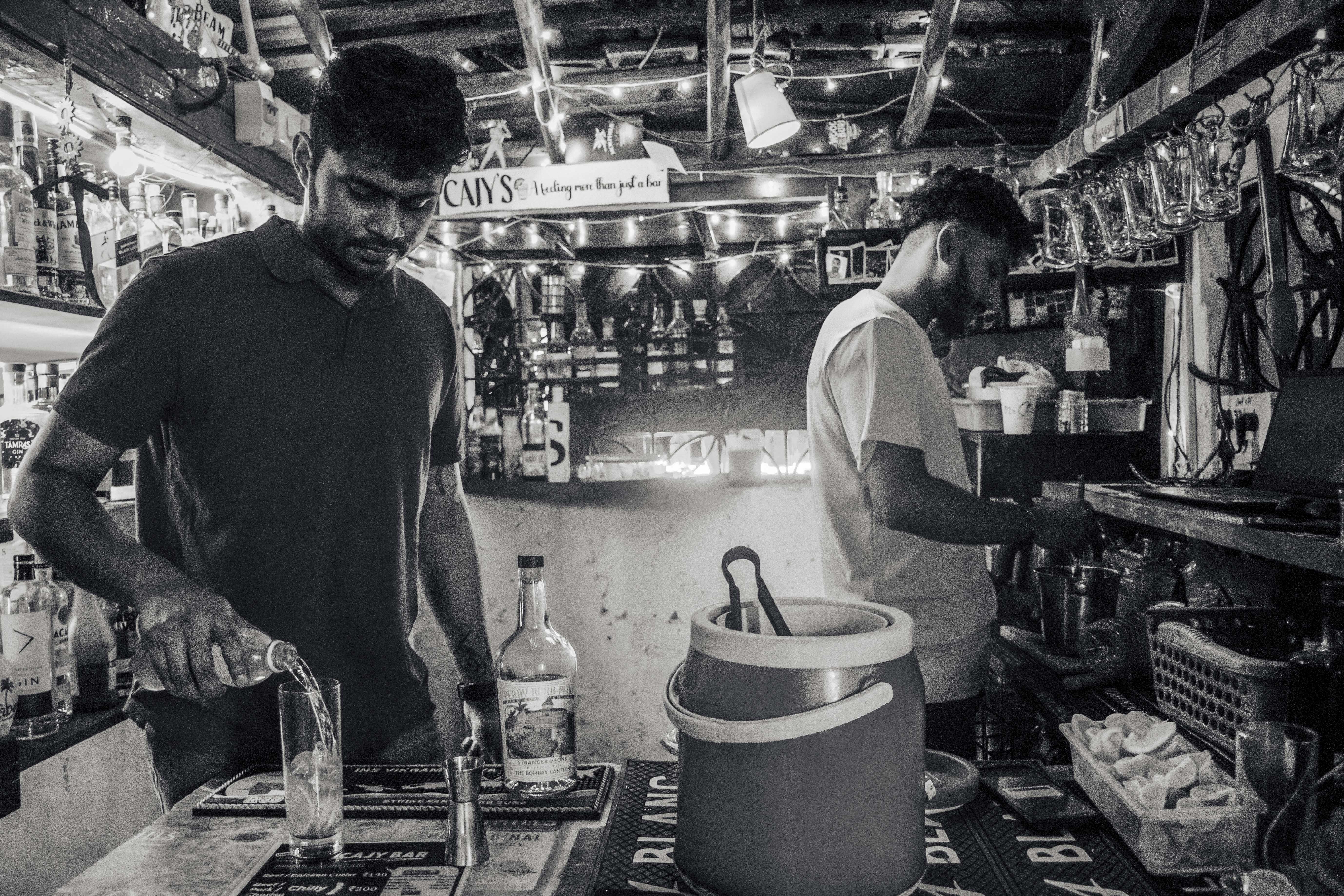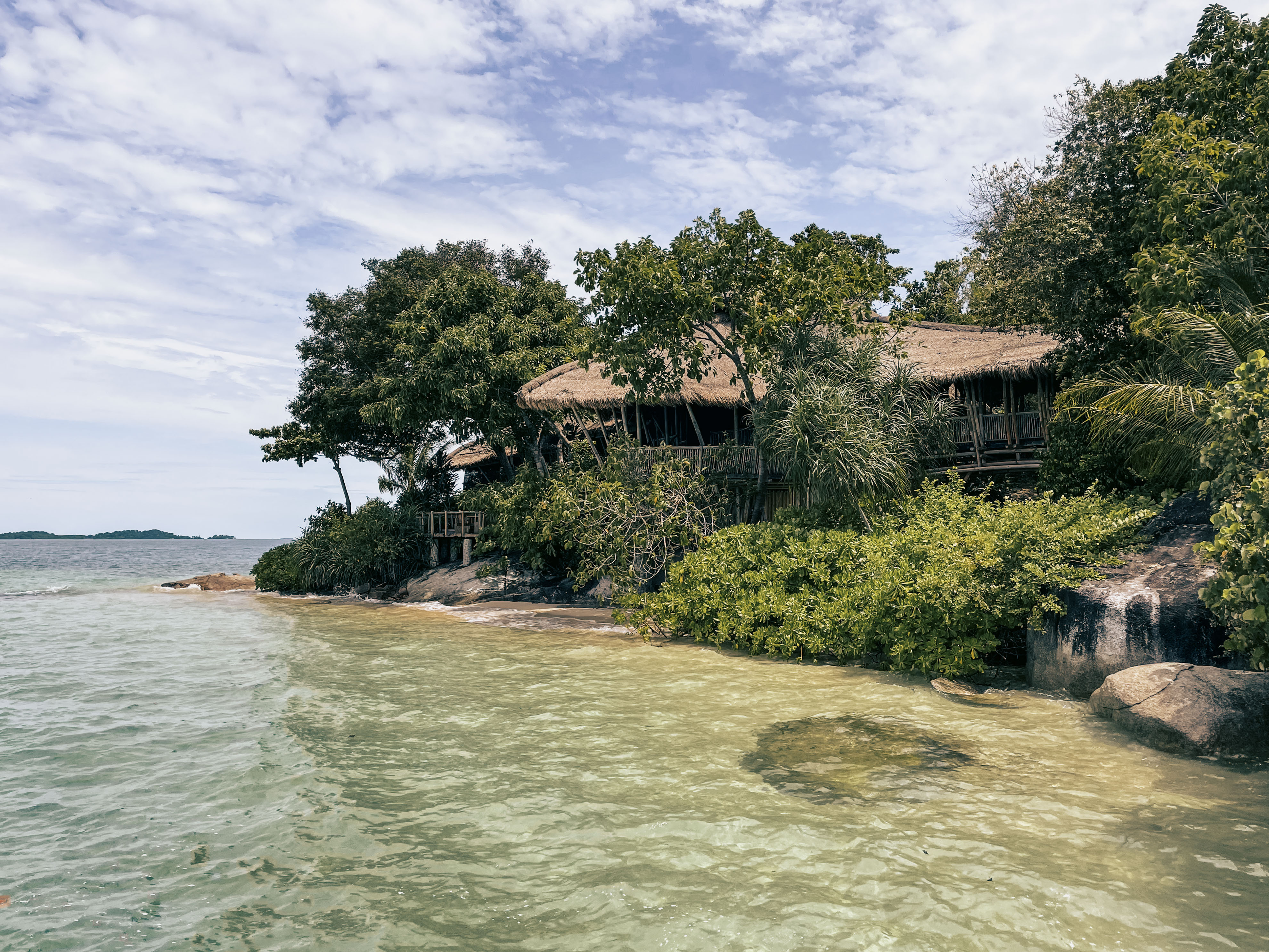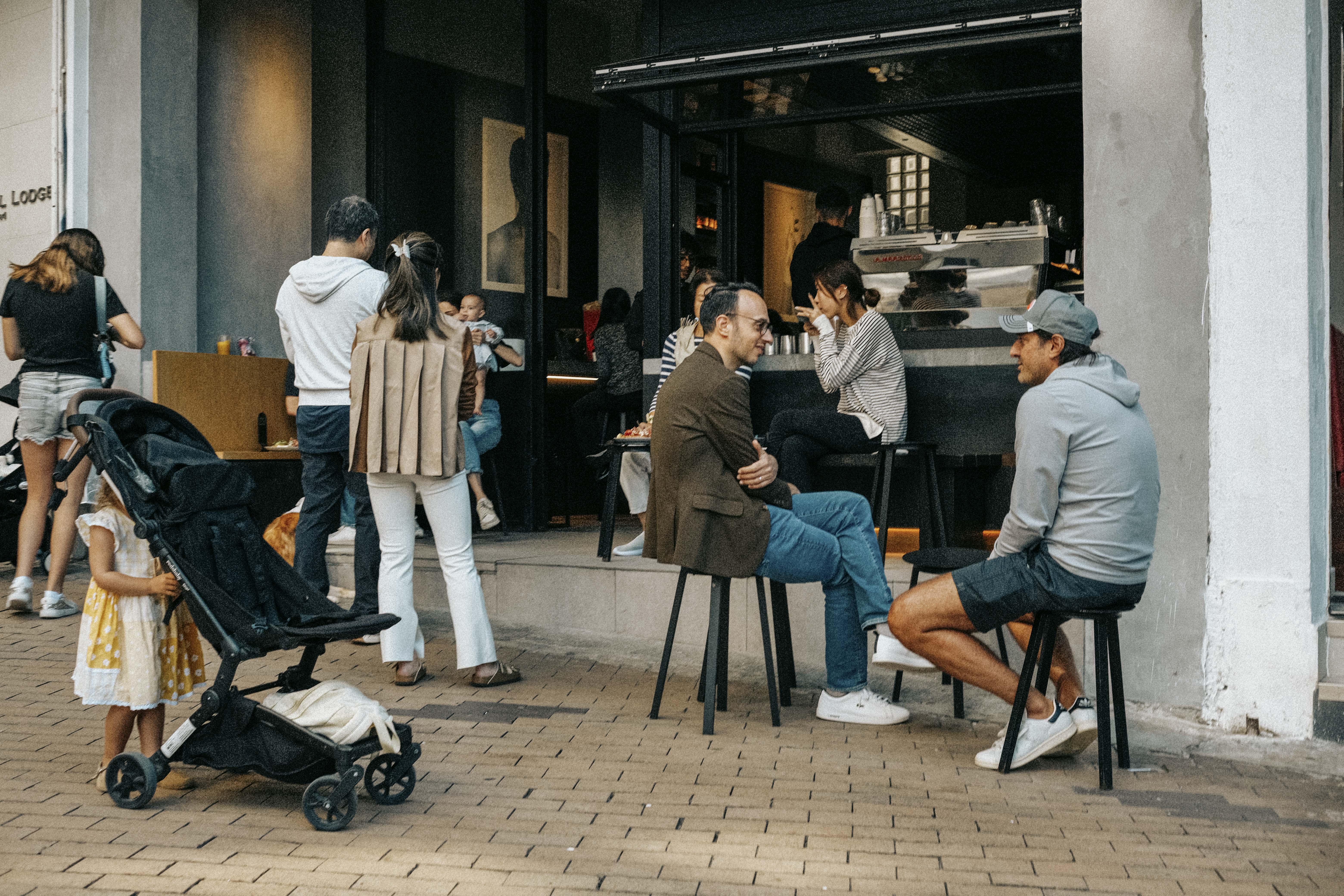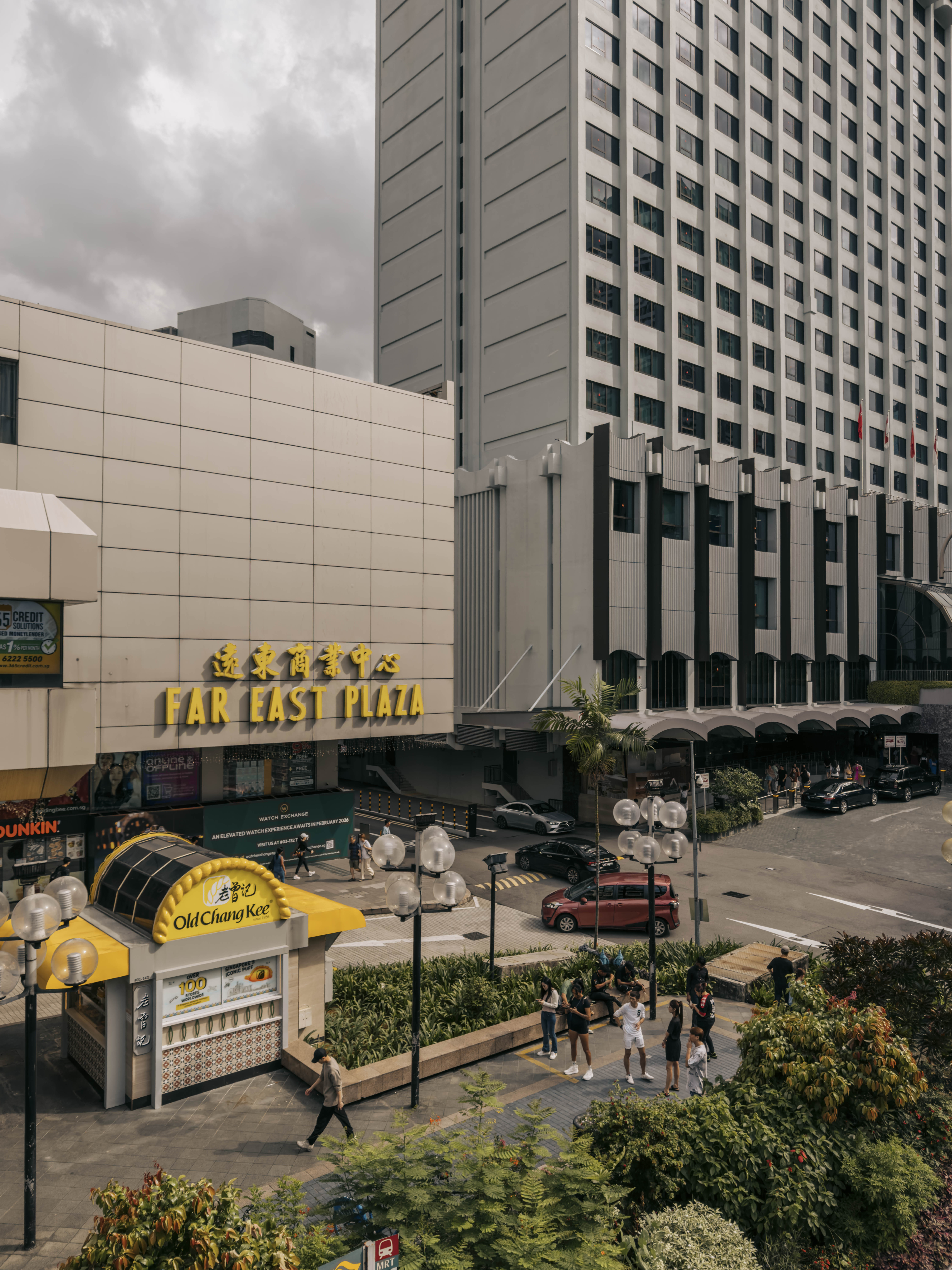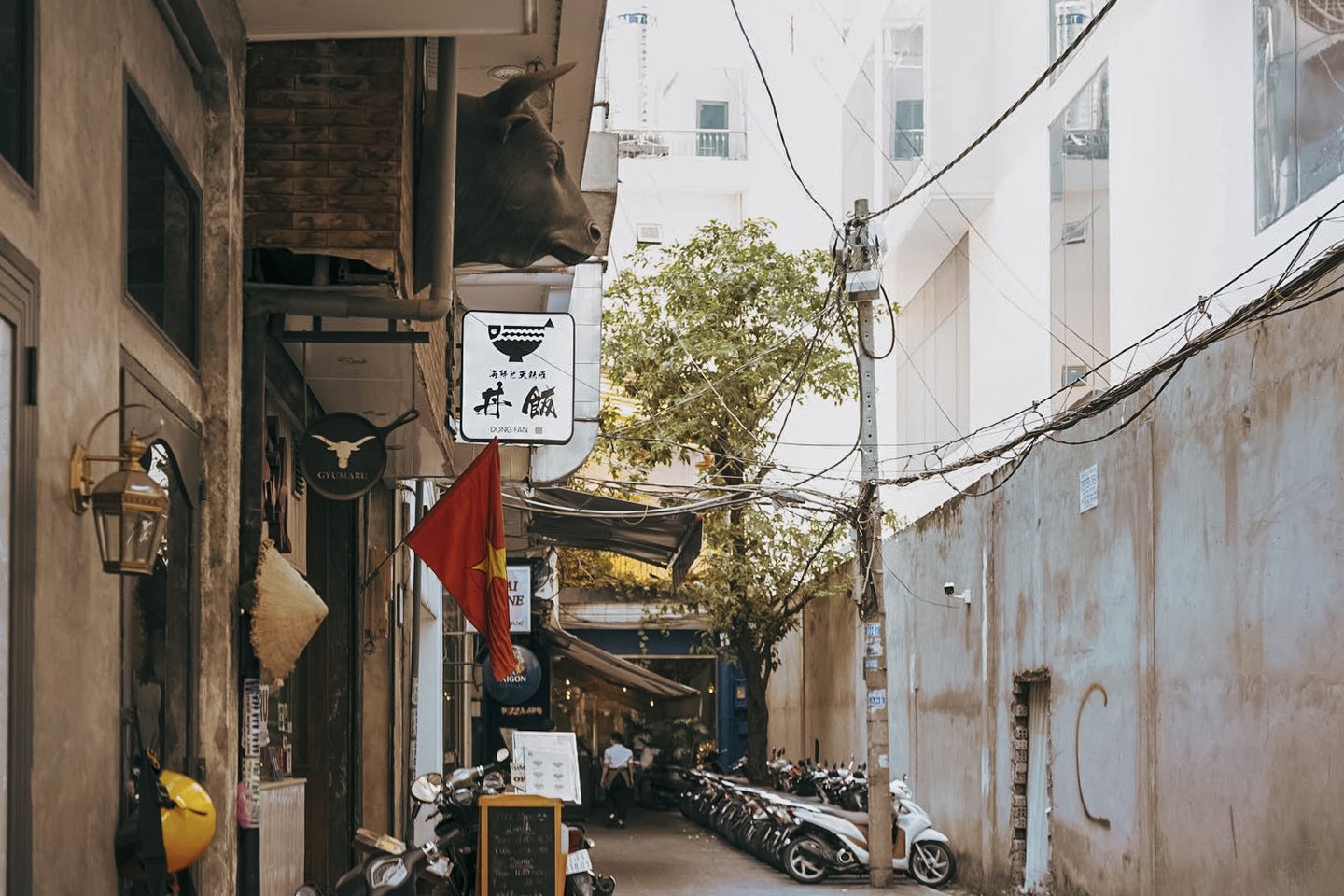When dusk falls and street lamps begin to glow in Colombo, the city’s alleyways come alive with the clang of metal on metal. That’s how you know it’s kottu time: before you see kottu, you’ll hear it.
✦
Kottu – short for kottu roti – is a fried, carb-heavy mishmash of leftover godamba roti (flaky flatbread made of wheat flour), fresh vegetables, spices, eggs, and meat of your choice. The ingredients are chopped, tossed, mashed and mixed with a spicy sauce on a heated, oiled iron skillet using two cleavers – a process that produces a rhythmic metallic beat.
One of Sri Lanka’s iconic street foods that’s always served hot, eating kottu is as messy and chaotic as its preparation. But for us locals, it’s comfort in a meal.
The dish’s origins are murky and, considering how embedded it is in our lives today, surprisingly more recent than one would expect. In a 2022 blog post, Sri Lankan war journalist Marwaan Macan-Markar suggested that kottu may have originated as a street food in a Tamil- and Muslim-populated town in eastern Sri Lanka in the 1970s. By the 1980s, kottu had spread across the country.
According to Marwaan, the sound of kottu making was a signal that the country’s nightly curfew – imposed during Sri Lanka’s longstanding civil war – had not yet begun, meaning people could stay out.
Today, kottu remains a national staple. While much of Colombo sleeps early, kottu is made well into the night, in neon-lit hole-in-the-wall spaces that locals call ‘hotels’.
Perhaps the most well-known of these is Hotel de Pilawoos on Galle Road, a Colombo institution that was set up in the late 1970s by Mohammed Niyaz and is now run by his son, Mohammed Nadeer.
Pilawoos started out serving kottu for nightclub goers because the carb-laden dish makes for an excellent hangover cure. Now, the late-night spot has become such a household name that whenever my friends from Kandy visit Colombo, they never miss a chance to have kottu from Pilawoos.
Photos: The Cauldron, Sandy Galabada, Kottulabs
These days, you’ll find multiple Pilawoos outlets across the capital, though none is quite as good as the first. The place that really gives the original Pilawoos a run is Hotel de Plaza in the same neighbourhood.
When I moved to Colombo in 2015, I was introduced to the Plaza’s chicken cheese kottu (a bed of kottu doused in cream cheese), washed down with a tall glass of iced Milo, which I soon came to realise was a Colombo ritual.
The restaurant is also known for their chicken palandi kottu, which replaces the cheese with curd, adding an irresistibly creamy tang.
More recently, favour has shifted to Ricorn Hotel & Bakers in the commercial hub of Maradana, which is now touted as the city’s best place for kottu as well as snacks like samosas and beef patties (not a patty as such, but a flaky, golden and buttery pastry loaded with a spicy beef mix).
A kottu for everyone
Apart from the palandi and cheese variations, kottu comes in many other styles. Ricorn’s menu carries more than a few varieties: there’s masala kottu, a fiery red version made with an extra dose of chilli; stringhopper kottu, thin, steamed rice noodle mats chopped and tossed with vegetables and meat; and the strangely named dolphin kottu, a type of kottu made with larger chunks of roti. Despite what the name suggests, no dolphins are harmed during the preparation.
Photo: The Cauldron
While chicken is most commonly used, beef kottu is often sold at Muslim-run establishments, made with curried or devilled beef (chunks of meat stir-fried in a sweet, sour and spicy sauce).
You’ll find pork versions at more modern spots like Cimply Yummy, which has become known for its bacon and cheese kottu. Kottulabs is another specialty brand dedicated to the dish with three outlets across Colombo’s suburbs. Here, they even have options with babath, a tripe recipe from Sri Lanka’s Malay community.
From street food to stylish fare
Hawkers and mid-range establishments aside, kottu is increasingly being incorporated in menus across Colombo.
At The Cauldron, a chic cafe located on Stratford Avenue, you can munch on pol roti kottu, made with flatbread containing shredded coconut. “Pol roti kottu was created to bring people together at our cafe, so they could enjoy two decadent flavours from our local homes,” says the cafe’s marketing manager, Nadee Senevirathne.
In Cinnamon Gardens, one of the city’s leafy, upscale neighbourhoods, unpretentious Kolamba Kade is serving the island’s soul food. Here, homemade shredded flatbread is tossed with spring onions, carrots, cabbage and a protein of your choice, with options including braised mutton, a more popular pick in Tamil-populated northern Sri Lanka.
Photos: Kottulabs, Kolamba Kade, Jalitha Hewage
An affordable, filling meal, kottu is a nightly ritual that ties communities across class and culture in this densely populated city.
For some, it’s a dinnertime routine after a day's labour in the scorching sun; for others, it’s a post-drinks indulgence with friends, or a shared meal with family. It may have started out in tiny spaces, but the dish is now commonplace across the capital’s evolving food scene, from street carts to chain restaurants and fancy buffets in five-star hotels.
Wherever one decides to eat it, kottu is part of Colombo’s identity. And in many ways, it reflects the city: messy, chaotic – yet always packed with flavour.









